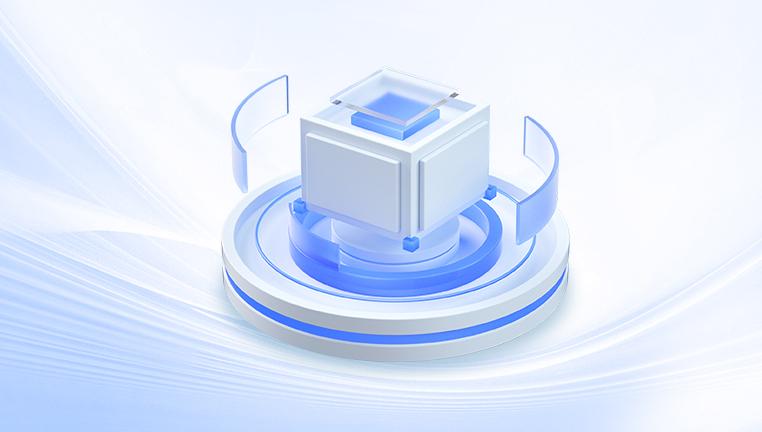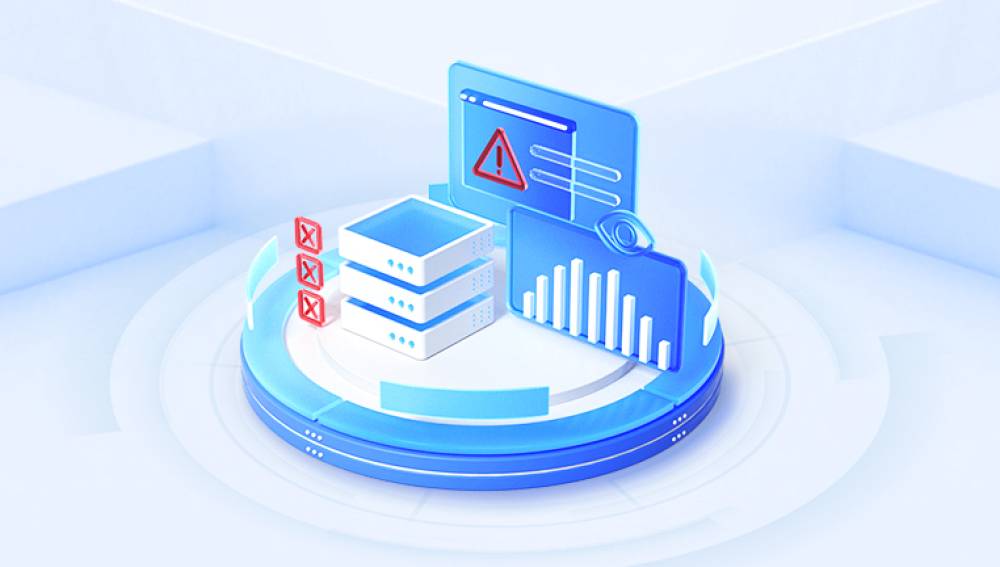When a disk fails, whether it’s a hard drive (HDD), solid-state drive (SSD), or another type of storage device, the potential loss of that data can be devastating. Whether you're an individual losing precious family photos or a business risking operational breakdown, understanding how to recover data from a failed disk is critical.
1. Disk Failure
A disk failure occurs when a storage device becomes partially or completely unreadable. This prevents the operating system from accessing stored files, applications, or the boot sector. Disk failure is broadly categorized into two main types:
a. Physical Failure
This involves damage to the mechanical or electronic components of the disk. Common causes include:

Dropping or knocking the drive
Electrical surges or power failures
Wear and tear of internal parts (especially in HDDs)
Water or fire damage
Manufacturing defects
Symptoms of physical failure:
Clicking, grinding, or beeping noises
Disk not detected by the BIOS or system
Overheating
Complete system freeze when connecting the disk
b. Logical Failure
This occurs when the disk is physically intact but data is inaccessible due to:
File system corruption
Accidental deletion or formatting
Operating system failure
Virus or malware attacks
Partition errors
Symptoms of logical failure:
Error messages like “Drive is not accessible”
Missing files or partitions
System asking to format the drive
Blue screen errors related to disk read/write failures
2. Common Causes of Disk Failure
Understanding what causes disk failures can help in both recovery and prevention.
a. Hardware Degradation
All disks have a limited lifespan. HDDs typically last 3-5 years, while SSDs can last longer depending on usage. Over time, moving parts wear out, and NAND cells in SSDs degrade.
b. Power Surges
A sudden spike in electricity can fry components, especially if the drive is connected without surge protection.
c. Physical Damage
External hard drives, USB sticks, and laptops are prone to drops, which can misalign or damage the internal parts.
d. Environmental Conditions
High humidity, extreme temperatures, and exposure to dust can shorten a disk’s life.
e. Human Error
Formatting the wrong drive, force-shutting down a computer, or unplugging external drives during read/write operations can lead to failure.
f. Malware and Ransomware
Viruses can corrupt or encrypt data, making the drive seem non-functional.
3. Early Signs of Disk Trouble
Recognizing symptoms early can make the difference between successful recovery and permanent loss.
Frequent system crashes or freeze-ups
Slow file transfers and read/write speeds
Clicking or buzzing noises from the drive
Missing or corrupted files
Strange error messages during startup
File system prompts like "chkdsk" when booting
If you notice these signs, stop using the device immediately to avoid making the problem worse.
4. What To Do When a Disk Fails
Time and actions matter greatly when a disk fails. Here's a general step-by-step approach:
Step 1: Stop Using the Disk
Do not attempt to write new data or run defragmentation tools. Continuing use can overwrite recoverable data or cause further damage.
Step 2: Assess the Nature of the Failure
Is the disk physically damaged (noises, no recognition)? Or is it logical (file system errors, deleted data)? This assessment determines the next step.
Step 3: Backup (if possible)
If the disk is still recognized by the system, try to create a sector-by-sector image using tools like:
Clonezilla
ddrescue
Macrium Reflect
This image can be used later for recovery without further risking the original drive.
Step 4: Attempt Software-Based Recovery (for logical failures)
Use data recovery tools on a copy or image of the disk:
Recuva
EaseUS Data Recovery
R-Studio
Stellar Data Recovery
TestDisk (for partitions)
PhotoRec (for specific file types)
Step 5: Contact a Professional Recovery Service (for physical failure)
If the drive is making clicking or beeping noises, or isn’t recognized at all, do not open it. Only certified professionals in cleanroom environments should attempt physical recovery.
5. Software Tools for Data Recovery
Drecov Data Recovery
When disk failure strikes, Drecov Data Recovery is your trusted partner in restoring lost data from failed hard drives, SSDs, USB drives, and more. Whether the issue stems from physical damage, firmware corruption, or logical errors, Drecov Data Recovery combines expertise with advanced tools to offer reliable and secure solutions.
Disk failures typically fall into two categories physical and logical. Physical failure might involve clicking noises, an unresponsive drive, or complete device detection failure. Logical failure includes deleted files, partition errors, or corrupted systems. Panda’s team of data recovery specialists conducts a thorough diagnosis to determine the cause and severity of the failure before recommending a solution.
For physical issues, Panda uses ISO-certified cleanroom environments to repair internal components without risking further damage. For logical failures, specialized software tools and techniques are used to safely extract data while maintaining its integrity. Throughout the recovery process, strict confidentiality and data protection protocols are followed to ensure your sensitive information remains secure.
6. Professional Data Recovery Services
Sometimes, the damage is beyond the scope of software tools. This is where data recovery specialists come in.
When to Use Professional Services:
The disk has suffered physical damage (drop, water, fire).
The BIOS doesn’t detect the drive.
You're dealing with mission-critical data.
Software recovery has failed.
What Professionals Offer:
ISO-certified cleanroom environments
Drive component replacements (e.g., read/write heads)
Advanced forensics and disk imaging tools
Firmware repair capabilities
High success rates with confidentiality
What to Expect:
Initial diagnosis (often free)
Detailed quote and timeline
No-recovery-no-charge policy (from reputable providers)
Encrypted return of recovered data
7. Risks and Considerations
Data recovery is not always guaranteed, and several risks should be considered:
a. DIY Risks
Opening a drive without a cleanroom can introduce dust and permanently damage platters or chips.
b. Overwriting Data
Installing recovery software on the same drive you’re recovering from can overwrite lost data.
c. Scams and Unreliable Services
Be wary of suspiciously cheap services or tools promising “100% recovery.”
d. Encryption
Drives encrypted with BitLocker or third-party software may require keys for successful recovery.
8. RAID and SSD Failures
a. RAID Systems
Recovery from RAID arrays involves:
Identifying RAID configuration
Reconstructing array logic
Handling simultaneous disk failures
Restoring virtual machines or databases
Tools like R-Studio, UFS Explorer, and ReclaiMe RAID Recovery are helpful, but professional services are often required.
b. SSDs
Solid-state drives present unique challenges:
Data is spread across NAND cells
TRIM command can permanently erase deleted files
Controller failure is common
Specialized equipment required for chip-off recovery
SSDs usually require professional intervention unless failure is purely logical.
9. Preventing Future Disk Failures
Being proactive is key to minimizing data loss risk.
a. Regular Backups
Follow the 3-2-1 rule:
3 copies of your data
2 different storage types
1 copy off-site or in the cloud
b. Use UPS Devices
Protect against power surges and outages.
c. Monitor Disk Health
Tools like CrystalDiskInfo, Hard Disk Sentinel, and SMART monitoring utilities provide early warnings.
d. Avoid Overheating
Ensure proper ventilation and avoid running drives in hot environments.
e. Handle With Care
Use padded cases for external drives. Avoid plugging/unplugging while powered.
f. Use Antivirus Software
Keep systems secure from malware that can corrupt or encrypt data.
g. Upgrade Aging Drives
Don't wait until a drive fails. Migrate data when the device is still healthy.
10. Best Practices After Recovery
Once your data is recovered:
Verify File Integrity: Check that files open and function properly.
Organize Recovered Files: Rename and sort to avoid duplication or confusion.
Secure Your Data: Move recovered data to a reliable storage medium.
Plan for Regular Backups: Automate the process using tools like Acronis, Backblaze, or Time Machine.
Retire the Failed Disk: Do not reuse a drive that has suffered major failure.
Disk failure is a daunting experience, but with the right approach, much of the lost data can often be recovered. Whether it’s through reliable software for logical failures or professional cleanroom services for physically damaged drives, solutions exist for most scenarios.
The key lies in acting quickly, avoiding further damage, and making informed decisions about recovery. By recognizing early signs, using proper tools, and maintaining regular backups, you can ensure that even when a disk fails, your data doesn’t become a casualty.




